Learn Blockchain
Understanding Lotto Miner Mining(4): Pools, Software, and the Technical Ecosystem Explained
From Satoshi Nakamoto’s elegant math to Wall Street’s asset strategies, and from the cyberpunk revolution to sovereign wealth funds, Bitcoin and other crypto assets have now, in 2025, fully embedded themselves into the grand narrative of global finance.
While the market fixates on the institutional money flowing in through Bitcoin ETFs, a more grassroots, disruptive wave is quietly rising at the very core of the mining world — Lotto Mining.
Unlike the traditional “arms race” of massive hashrate farms competing by scale alone, Lotto Mining is a game of asymmetric odds: a clever, tech-savvy approach that uses probability to unlock massive rewards. At its heart is Solo Mining, giving small-scale miners with just a few crypto miners or even a single lotto miner the chance to compete on equal footing with industrial giants operating millions of ASIC miners.
This tech-driven experiment in wealth redistribution has given birth to a new breed of mining devices — like the Lucky Miner, DigLucky, and other energy-efficient, high-stability lotto mining devices — and it’s reshaping the survival strategies and dreams of tens of thousands of independent miners worldwide.
This fourth chapter in our “Past and Present of Lotto Miner Mining” series dives deep into the mining pools, software, and behind-the-scenes tech stack that power this silent revolution in the crypto mining ecosystem.
1. One Ticket to Rule Them All: How Solo Mining Redefines Bitcoin’s Wealth Logic
In late 2024, a story went viral in the Bitcoin miner community: Markus, a German tech geek, struck gold with just three Luckyminer LV07 SOLO miners. Against the vast ocean of Bitcoin’s hashrate, he managed to solve an entire block solo — bagging 3.125 BTC worth over $330,000 at the time.
This wasn’t a one-off. It was a signal flare announcing the dawn of a new era. Unlike the traditional PPS (Pay-Per-Share) model, where miners receive steady, predictable payouts based on their contributed hashrate, Markus used the Solo CKPool — a pool built for Solo Mining.
Solo Mining: Not Just Solo, But Winner Takes All
Solo Mining connects miners to a pool for blockchain data and block validation, but flips the economic model on its head. The pool acts purely as a notary and broadcaster. Whoever finds the winning hash keeps 100% of the block reward and transaction fees, no matter how many miners are in the pool or how big their rigs are.
Instead of a stable drip feed, Solo Mining offers a lottery-like payoff: highly nonlinear, risky, but with outsized returns. You might run your lotto miner for months or years with zero rewards, paying operational costs the entire time — but one lucky strike can recoup years of expenses in a single block.
As North American crypto mining analyst Johnathan Price puts it, “Traditional pooled mining is like holding a low-risk bond fund — steady, predictable, but capped. Solo Mining is like holding a live lottery ticket: quiet most of the time, but you never know when that jackpot hits. That tension between certainty and uncertainty is its true appeal.”
The Math and Philosophy Behind the Myth
The odds are real math, not mere fantasy. With Bitcoin’s network hashrate hovering around 650 EH/s (as of June 2025), a Luckyminer LV08 SOLO miner with 4.2 TH/s has a ~0.000000646% chance of solving a block in any given 10-minute window. That’s roughly the odds of hitting the Taiwan Power Lottery 11 times in a row — or being struck by lightning twice.
Yet Bitcoin’s network produces 144 blocks a day. Over time, probability accumulates. And crucially, every TH/s competes on an equal footing. Solo Mining maximizes this fairness: whether you’re a massive BTC miner farm or a single Lucky Miner user, each unit of hashrate has the same chance per block.
This fairness appeals to two groups in particular: technical geeks who obsess over maximizing efficiency and minimizing costs for long-term odds, and “crypto idealists” wary of centralized mining giants, who see Solo Mining as a tribute to Satoshi’s original vision of decentralized “one CPU one vote” democracy.
All the viral Solo Miner stories have one thing in common: Solo Mining is not about quick profits. It’s a long game demanding patience, stable hardware, low power costs, and fast troubleshooting. This is where brands like Lucky Miner, which design devices like the Luckyminer LV08 specifically optimized for Solo Mining, play a crucial role.
2. The Lotto Pool Leaderboard: Who’s Powering the World’s Lucky Winners?
No Solo Miner is an island. To access the Bitcoin network, miners need reliable pools that sync the blockchain, verify work, and broadcast new blocks. The right pool is crucial for any lotto miner hoping to hit that jackpot.
Here’s a look at today’s leading Solo Mining pools, ranked by trust, stability, fee structures, and community support:
| Pool | Core Strengths | Fees | Ideal Users | Block Frequency | Rating |
|---|---|---|---|---|---|
| Solo.CKPool | OG reputation, pure Solo experience | 2% PPLNS | Tech purists, Bitcoin diehards | 3-5 blocks/month | ★★★★★ |
| Luxor Mining | Pro analytics, financial tools | 1.5%-2% FPPS | Mid-to-large miners | 5-8 blocks/month | ★★★★☆ |
| ViaBTC | One-stop UX, low fees | 1% PPLNS | Newcomers, home miners | Active Solo pool | ★★★★☆ |
| F2Pool | Stability, brand trust | 2.5% PPS | Risk-averse, legacy miners | Occasional | ★★★☆☆ |
How to Choose the Right Solo Pool
-
Technical Comfort: If you love command lines and community forums, Solo.CKPool is a cult classic. If you prefer plug-and-play interfaces, ViaBTC is beginner-friendly — especially for Lucky Miner devices.
-
Hashrate & Capital: Large clusters of BTC miners benefit from Luxor’s advanced tools. Small home miners running just one or two lotto mining devices may prefer CKPool or ViaBTC’s low fees.
-
Location: Pick a pool with nodes near you to reduce latency and orphan blocks. For example, Asian miners connecting to ViaBTC’s Singapore node get better results than to North America’s.
-
Fee Impact: Remember, a 1% fee difference on a 3.125 BTC block is thousands of dollars. Know your pool’s payout model, minimum thresholds, and payout cycles.
Smart Lotto Miners diversify across pools and build fallback strategies, just like seasoned investors managing a portfolio.
3. Your Lotto Miner’s Brain: Choosing the Right Solo Mining Software
If your miner is the soldier, the pool is the battlefield, then mining software is your war room commander.
Solo miners typically choose between CLI (command-line) software for pros, or GUI (graphic interface) software for ease of use.
CLI: Power and Precision
Examples: Braiins OS+, CGMiner, BFGMiner
-
Ultra-low resource use — No fancy UI, just raw performance.
-
Highly customizable — Control chip frequency, voltage, fan speeds, etc.
-
Scripting & Automation — Ideal for managing clusters of Lotto Miners 24/7.
Case in point: Klaus, an engineer in Frankfurt, runs a Solo cluster of 20 Luckyminer LV08s with Braiins OS+ and custom scripts that monitor and reboot miners automatically. “For me, mining is as much a systems experiment as an investment,” he says.
GUI: Simplicity & Smart Integration
Examples: LuckyOS, EasyMiner, MultiMiner
-
Plug-and-play — One-click Solo mining, no coding needed.
-
Visual dashboards — Real-time hashrate, temperatures, earnings.
-
Integrated features — Easy pool switching, built-in calculators.
LuckyOS, the official Lucky Miner operating system, is a prime example: it makes Solo Mining with a Lucky Miner device as easy as using a smart home app — ideal for families and new hobbyists.
4. The Silent Heroes: Lotto Mining’s Supporting Tech Ecosystem
Running a lotto mining device like the Lucky Miner is not just plug-and-play forever — behind every successful Solo Miner is a robust technical backbone.
-
PSUs (Power Supply Units) — Ensure stable, efficient energy. Look for high-efficiency 80 Plus certified units with enough overhead.
-
Cooling Systems — Keep ASIC chips cool. Lucky Miner devices come optimized for home use, but ensure good airflow and clean fans.
-
Reliable Network — Use wired Ethernet and enterprise-grade routers to avoid costly delays.
-
UPS Backup — Protect against power flickers. Even seconds offline can cost you a block.
Think of it as maximizing your online time to keep that tiny lottery ticket always ready to win.
5. Final Thoughts: The Road Ahead for Lotto Miners
Lotto Mining is no longer just a niche game for crypto geeks — it’s a sophisticated system blending smart hardware like the Lucky Miner, intelligent software, robust pools, and a bulletproof support ecosystem.
Key takeaways:
-
Asymmetric Advantage — Small miners can still win big with the right Lotto Mining strategy.
-
Complete Ecosystem — Hardware, software, pools, and support must work seamlessly.
-
Risk vs. Reward — The jackpot is huge, but so is the risk of running dry. Patience is the ultimate edge.
The future points toward smarter miners — with AI-powered optimization, integrated financial services, and hardware that keeps getting more efficient.
In this world of crypto mining, the Lucky Miner brand stands out for its commitment to low-power, high-stability lotto mining devices, making “mining for everyone” not just an ideal, but a practical reality.
So, whether you’re an ambitious tech geek running a Solo cluster or a family user powering up your first lotto mining device, remember: in the grand game of probability, you don’t just buy a miner — you buy a chance to become the next lucky winner.
Learn more about how to join this evolving world at Luckyminerclub.com — your trusted source for lotto miners, crypto miner insights, and all things Bitcoin mining.




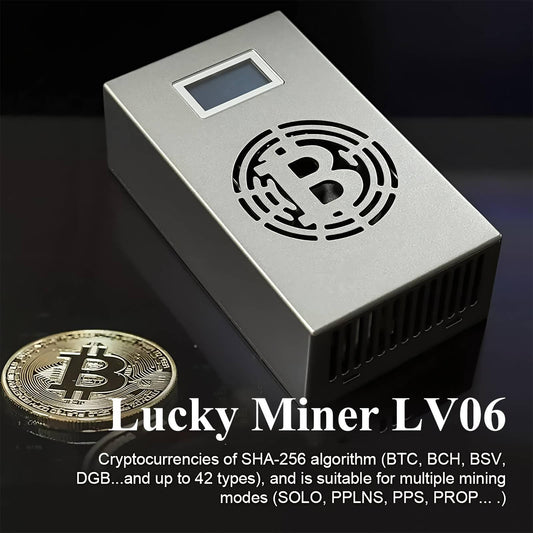
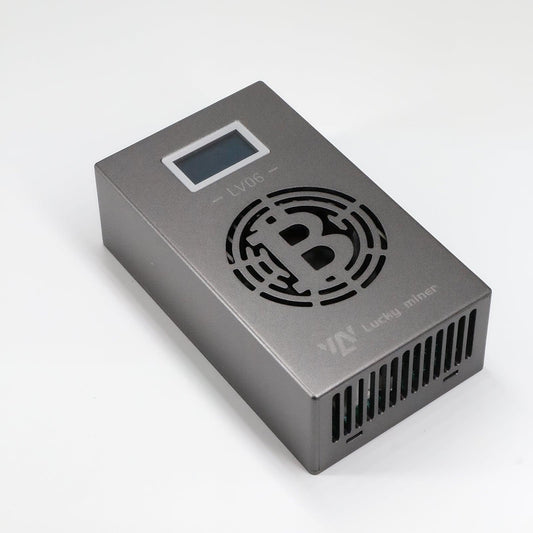
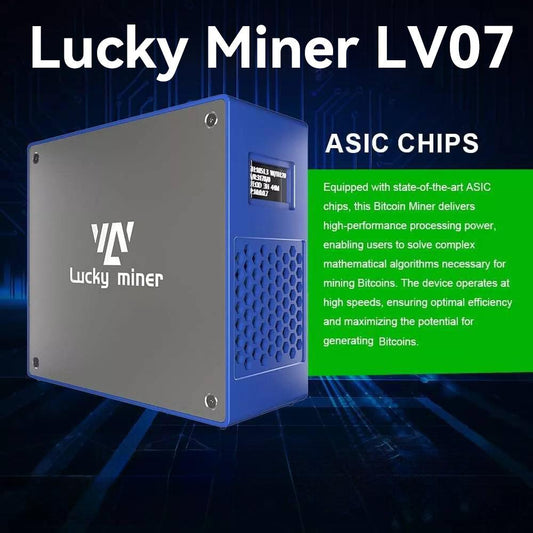
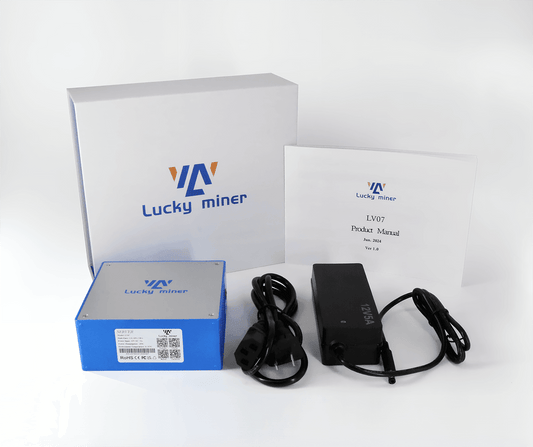
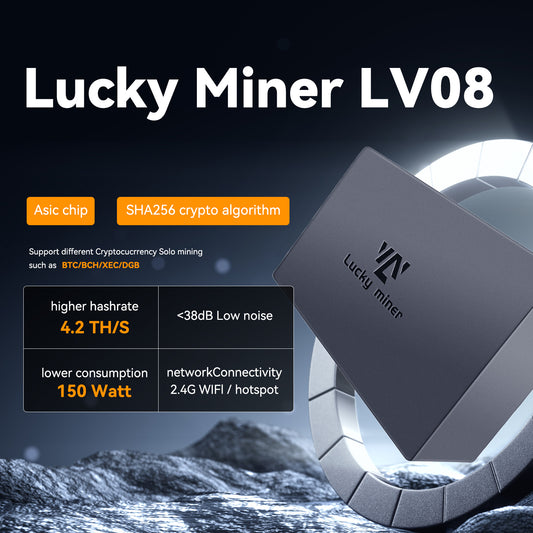
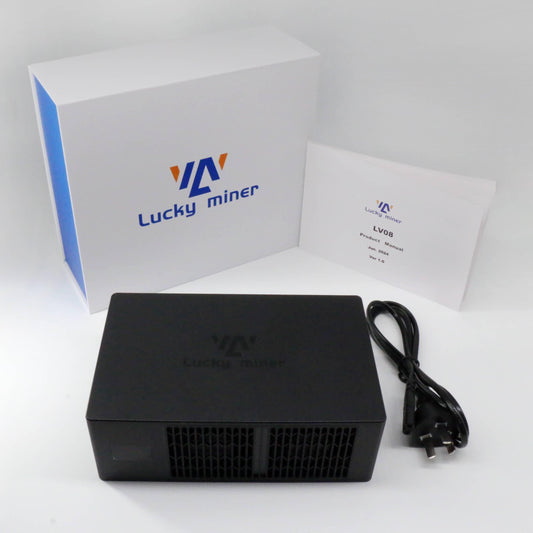

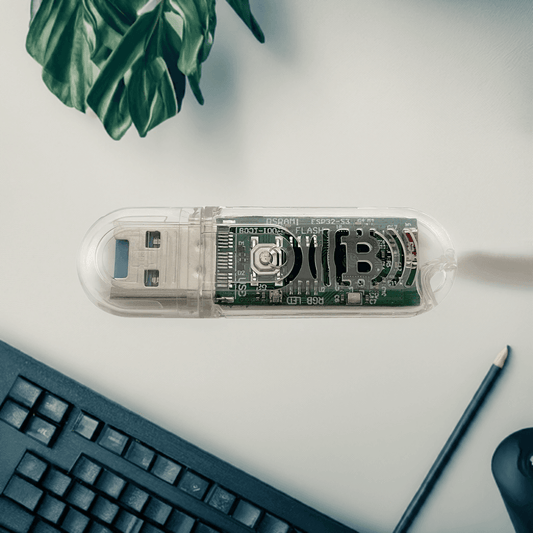
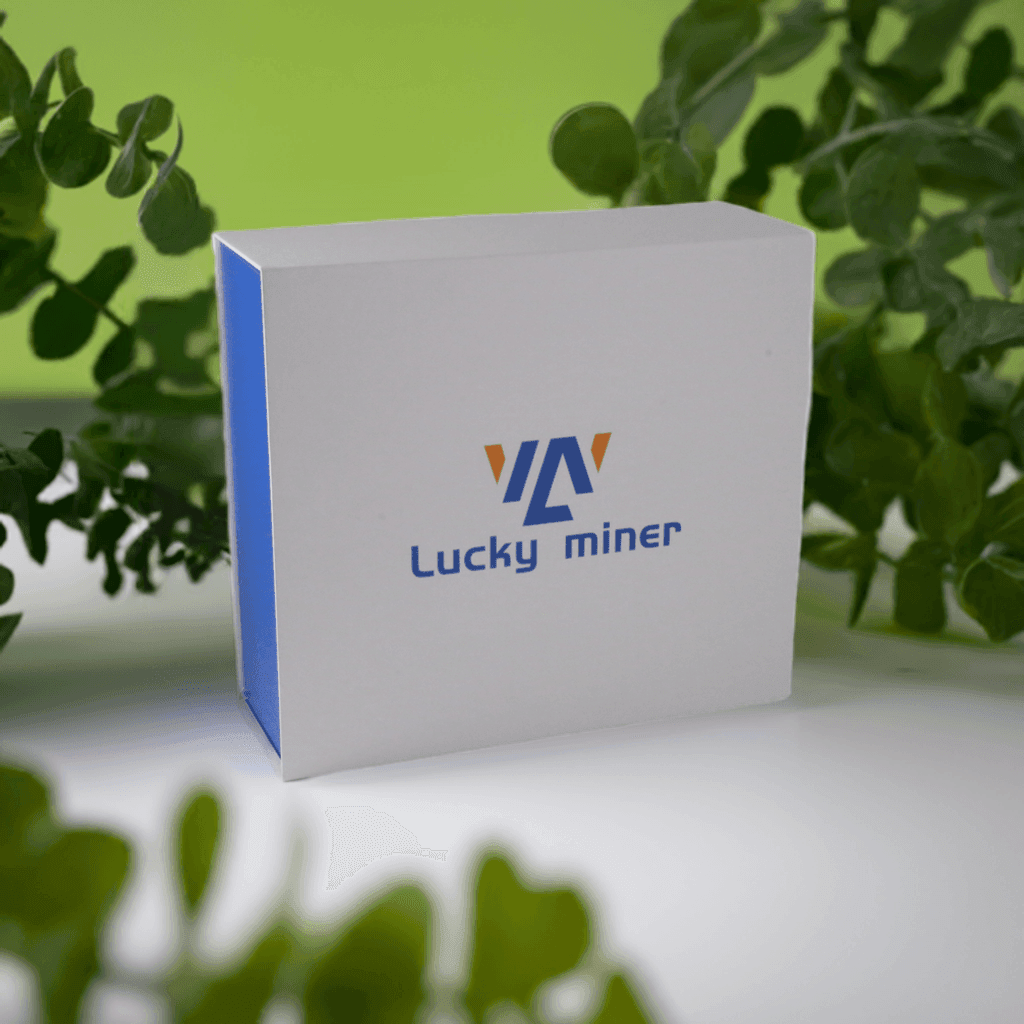
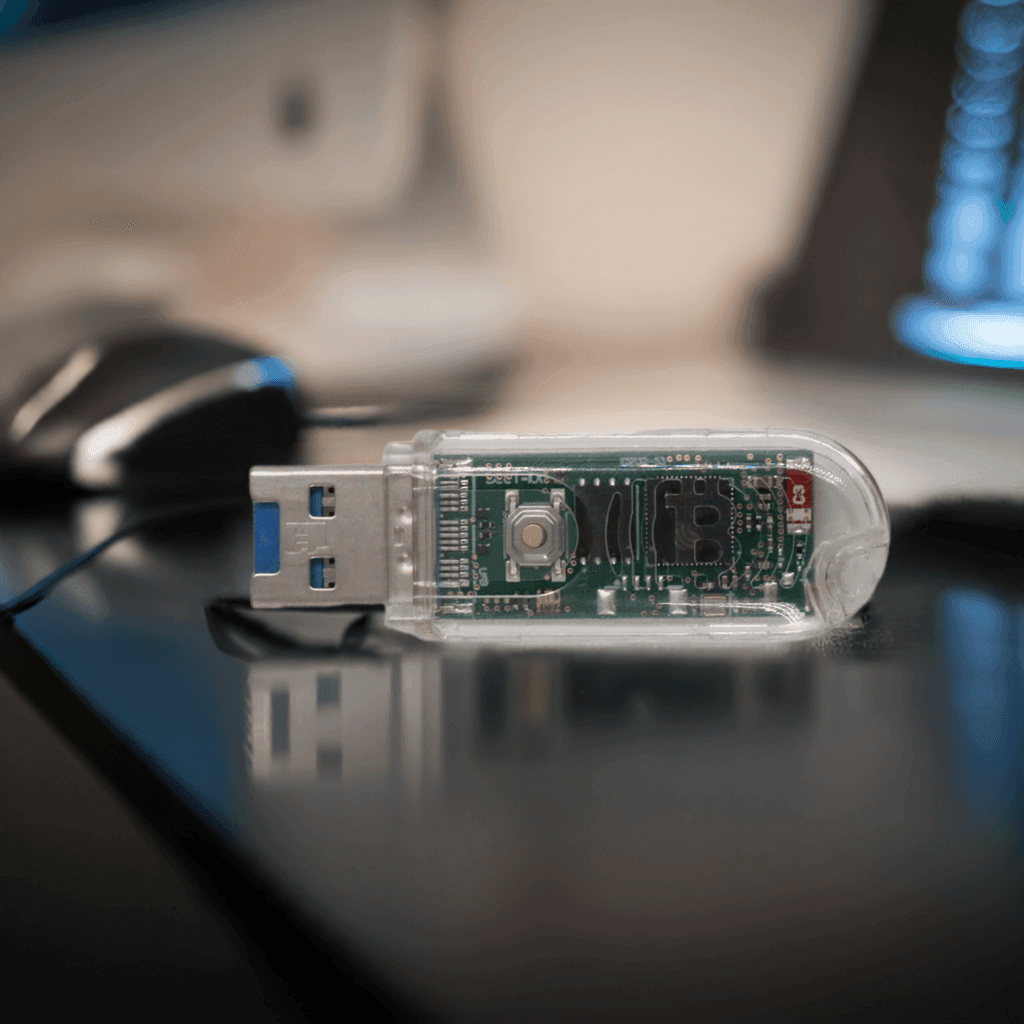

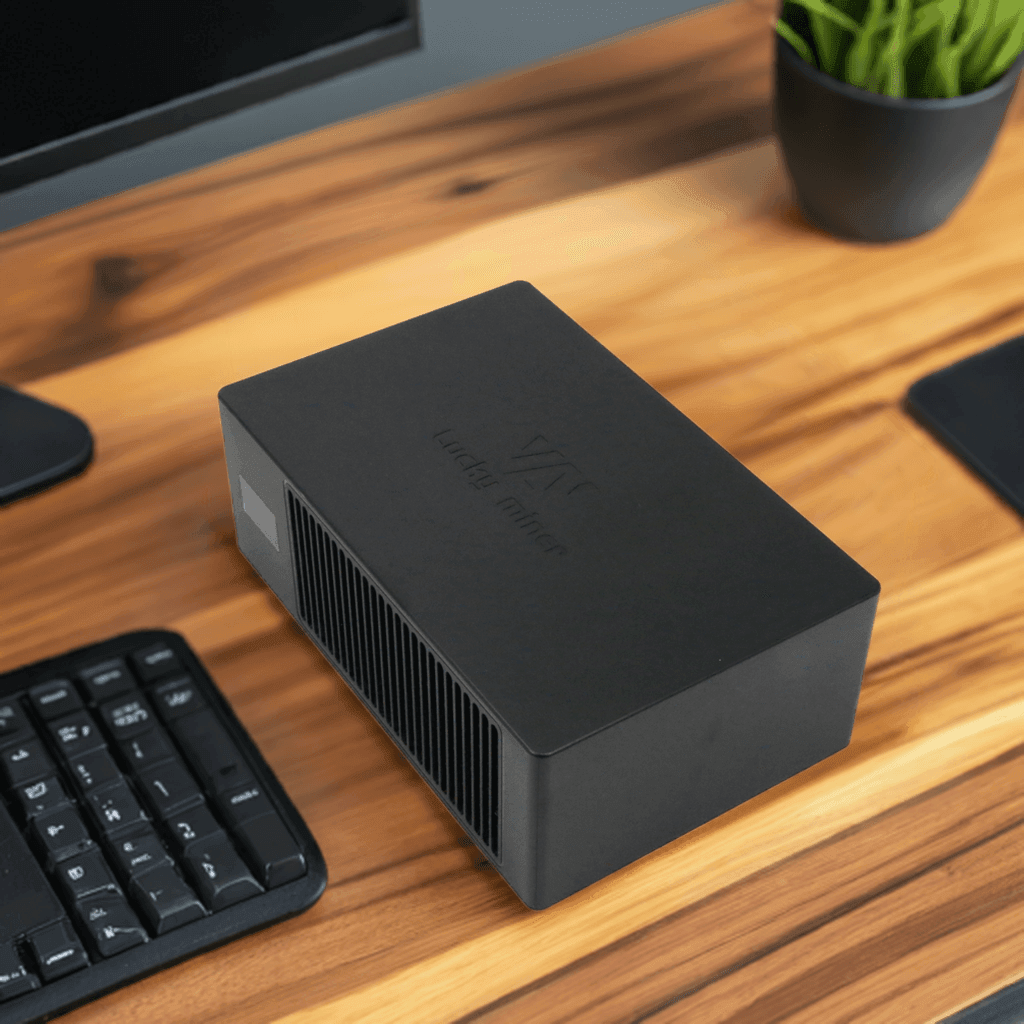
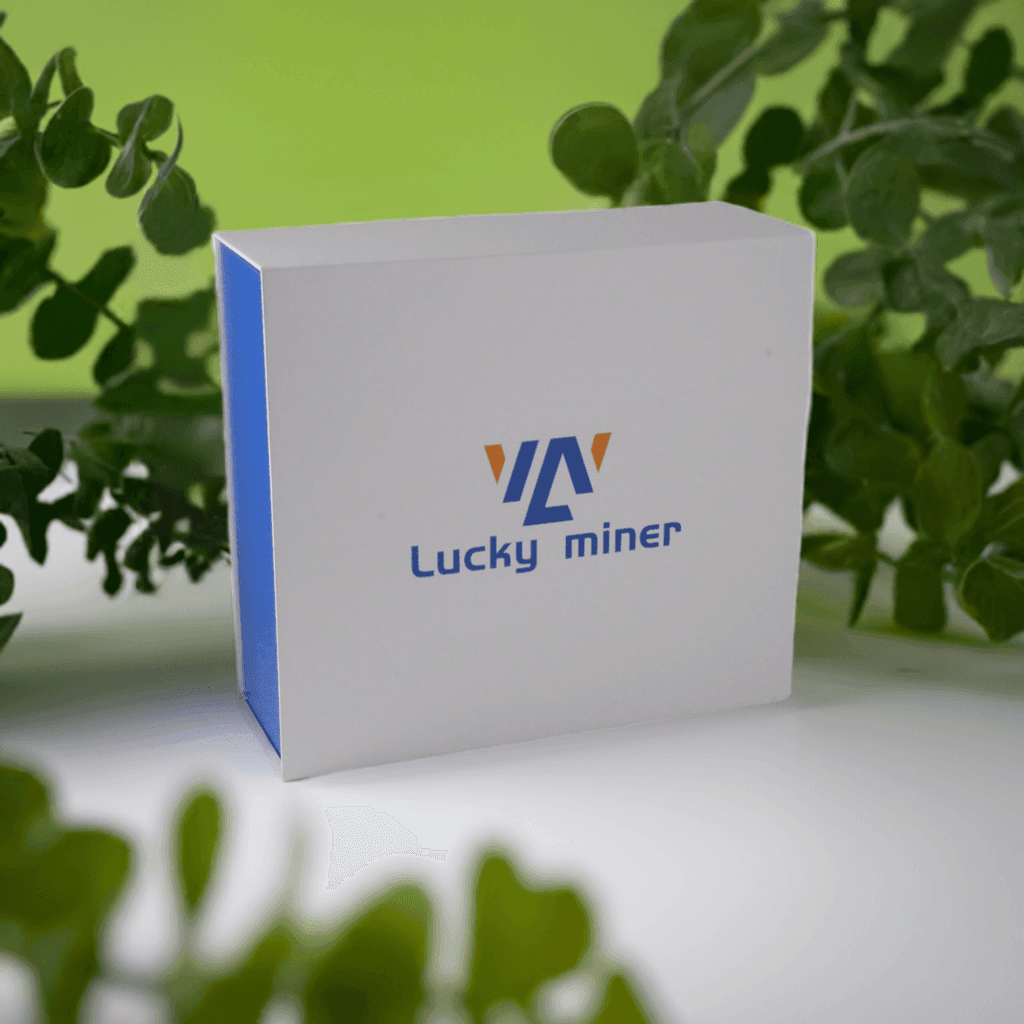
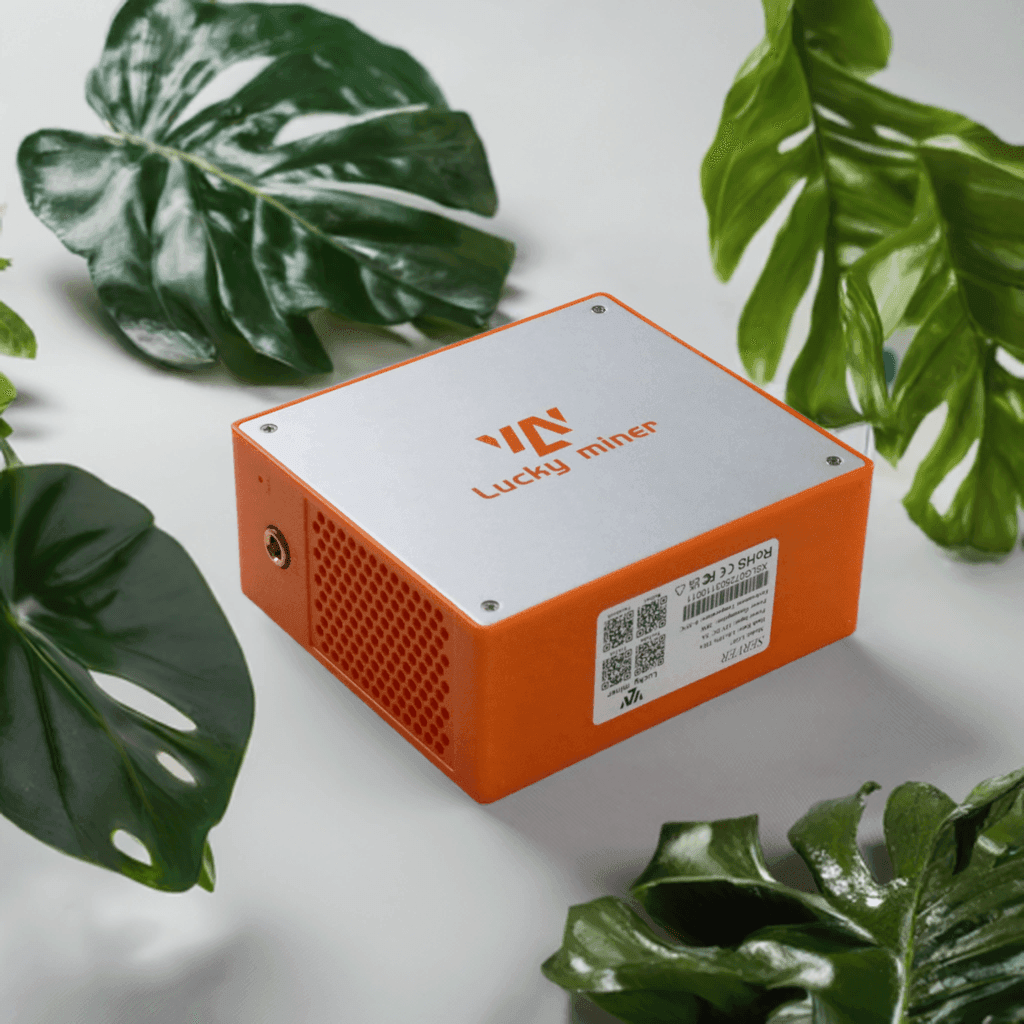

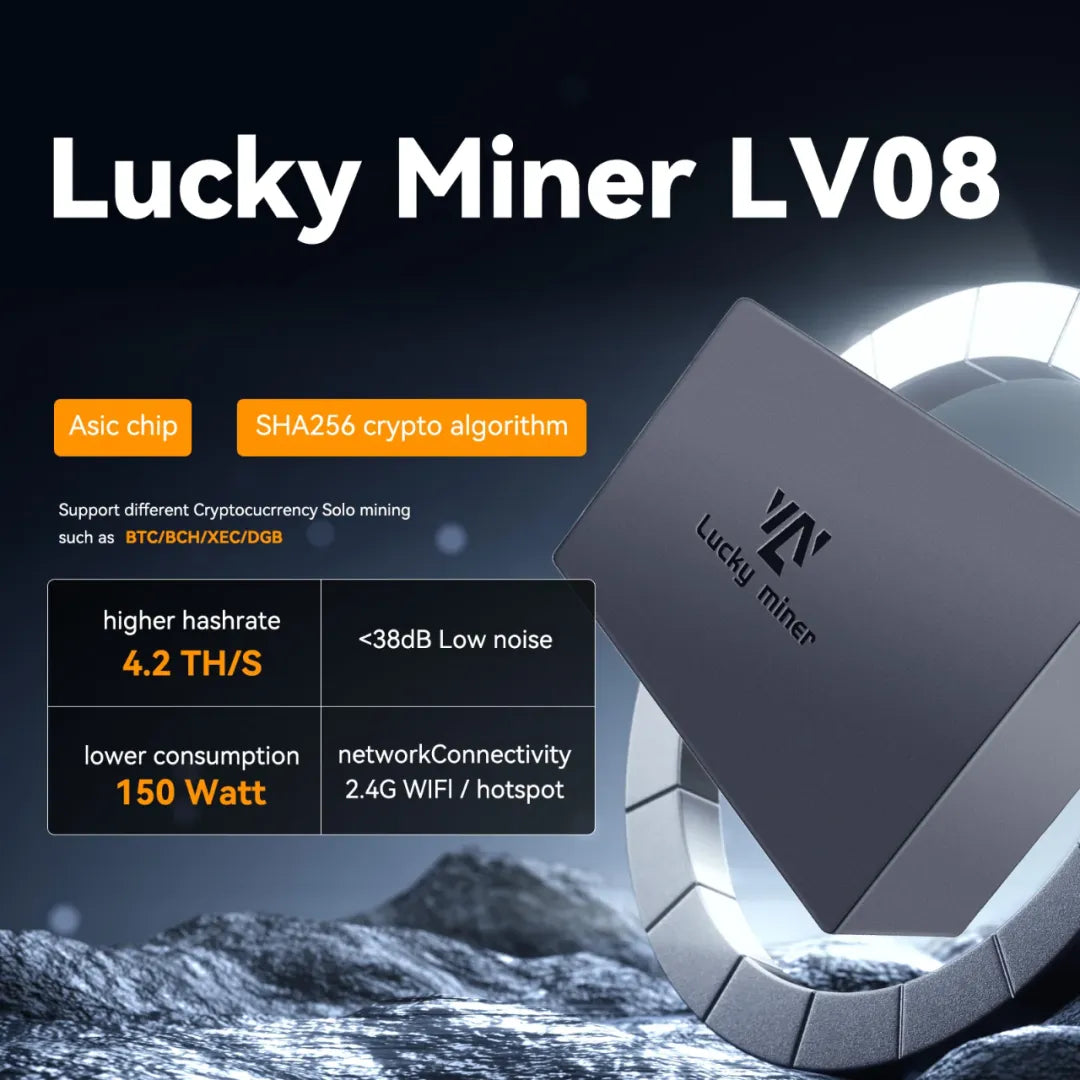

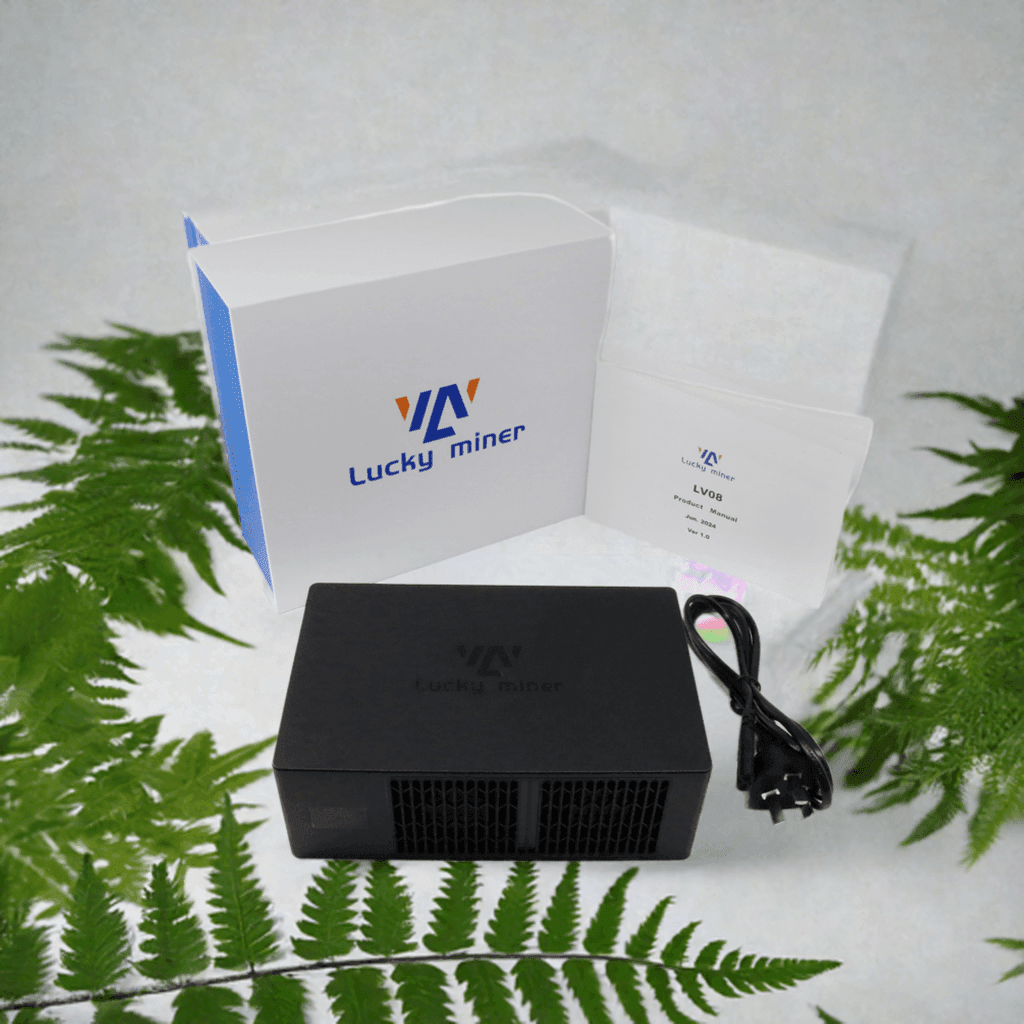
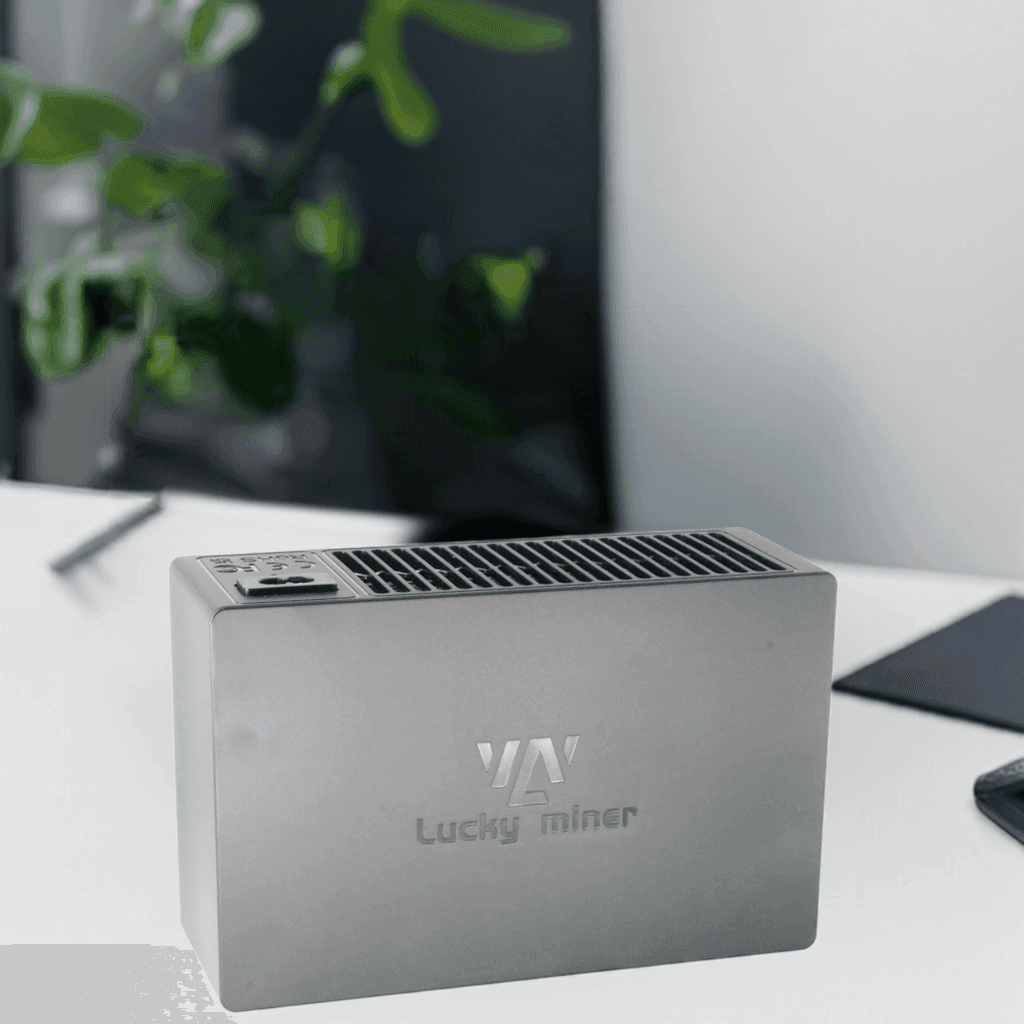
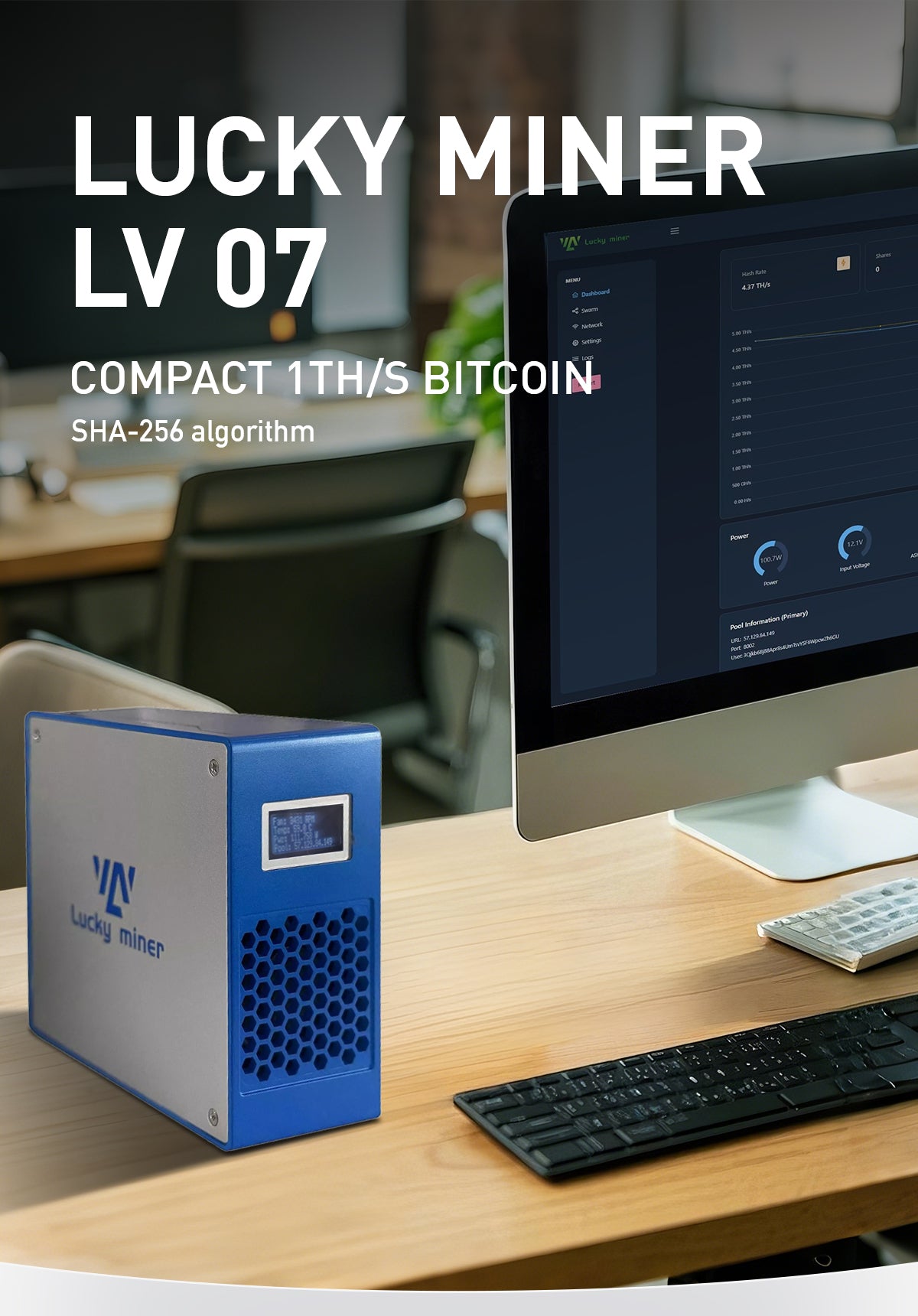
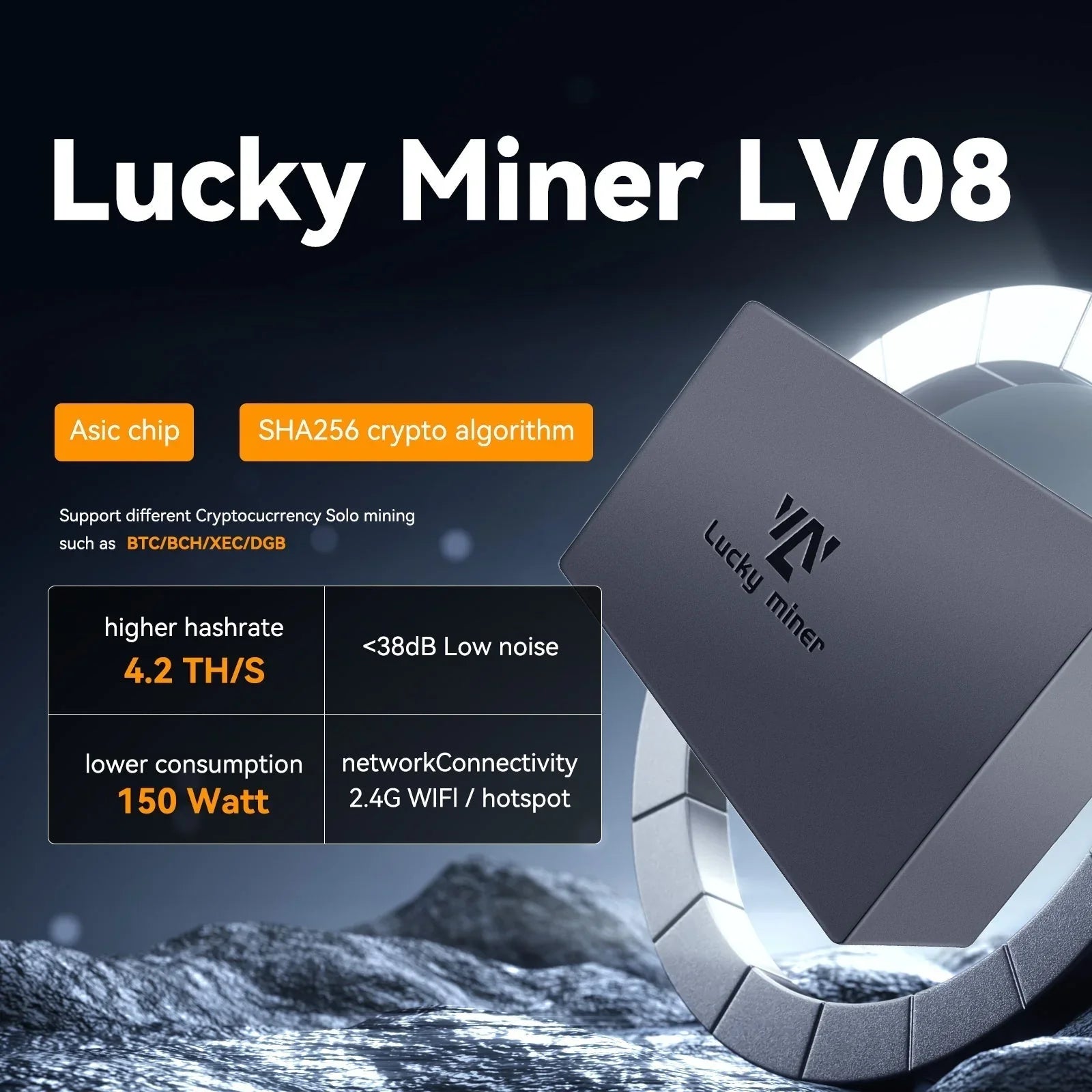
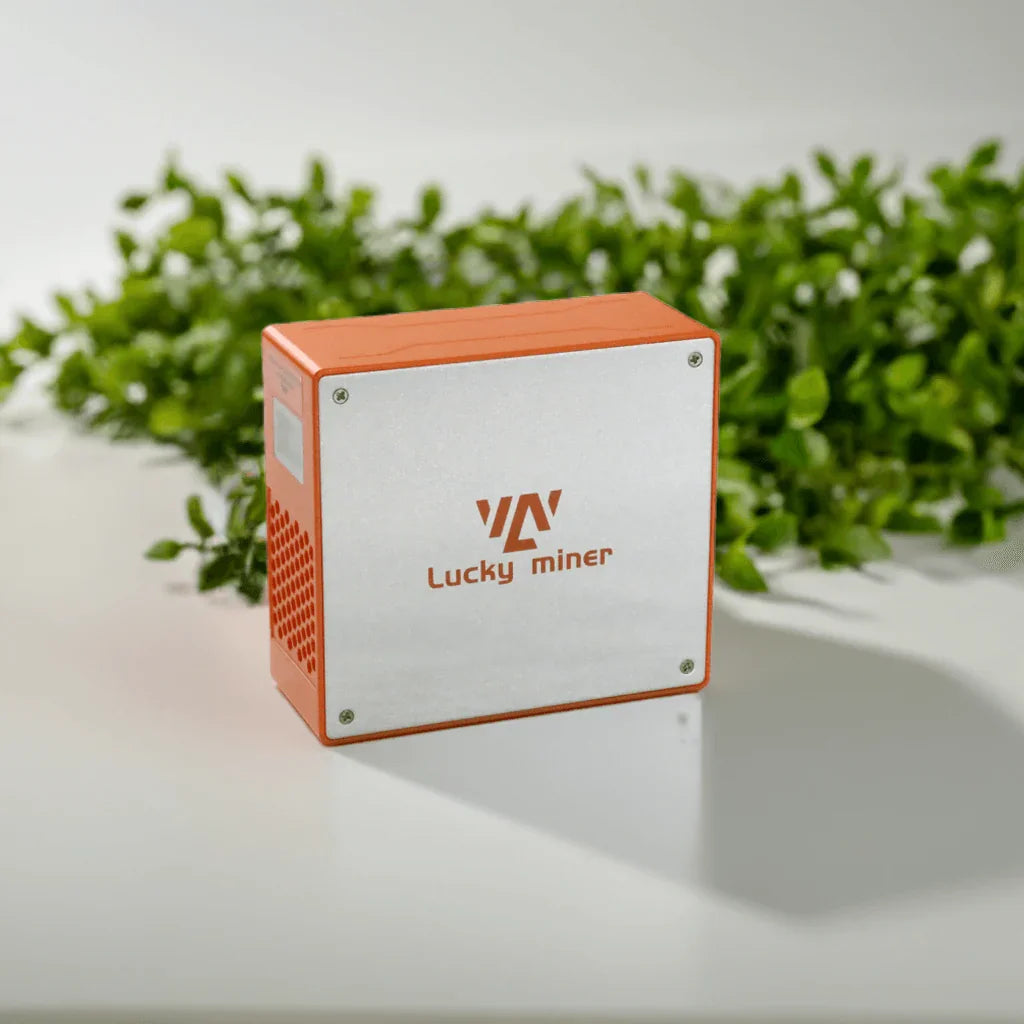
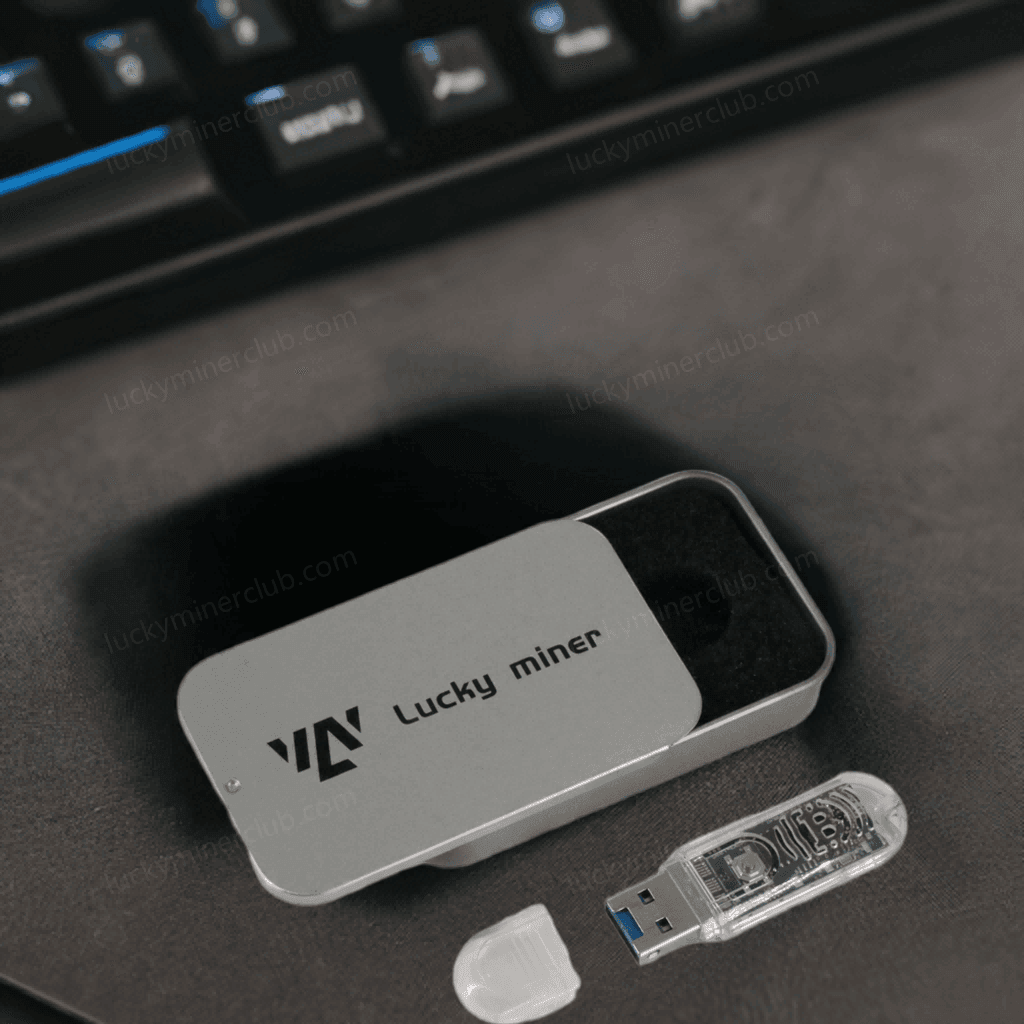
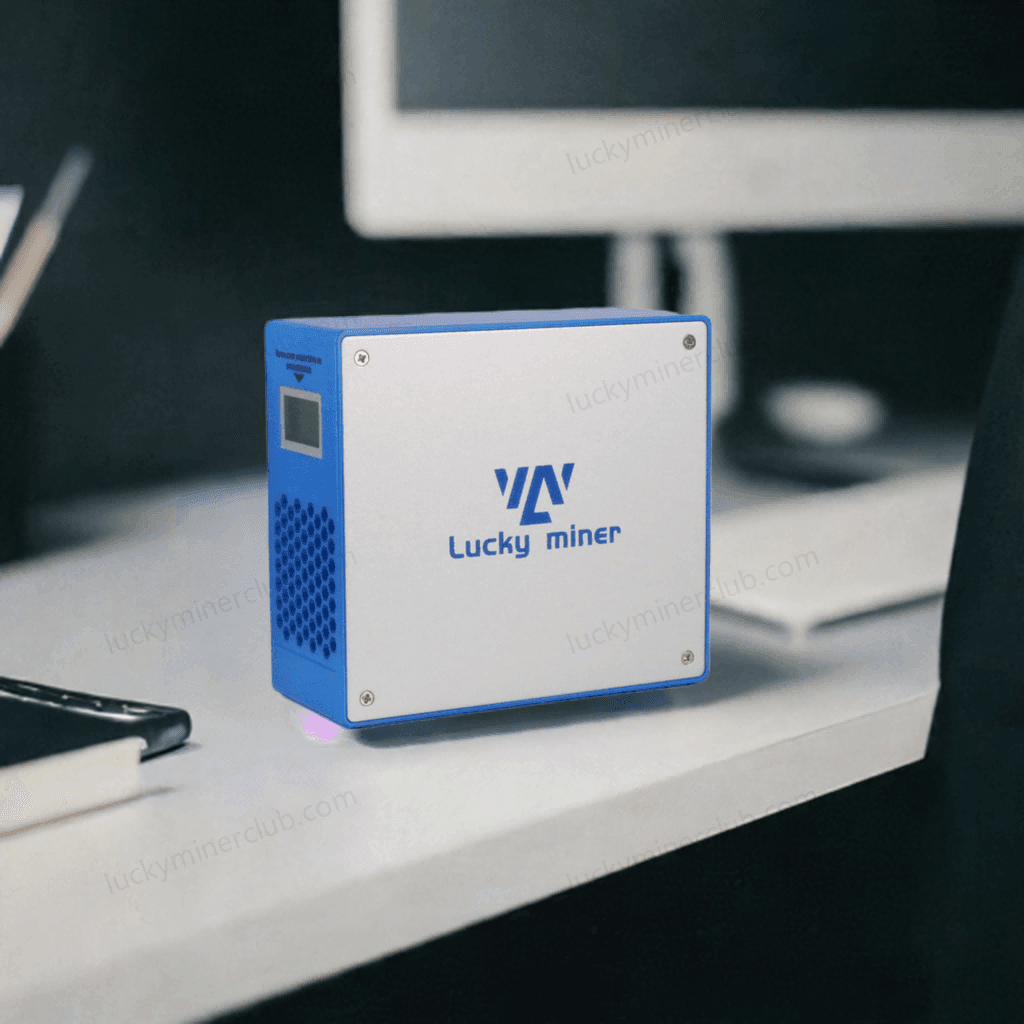
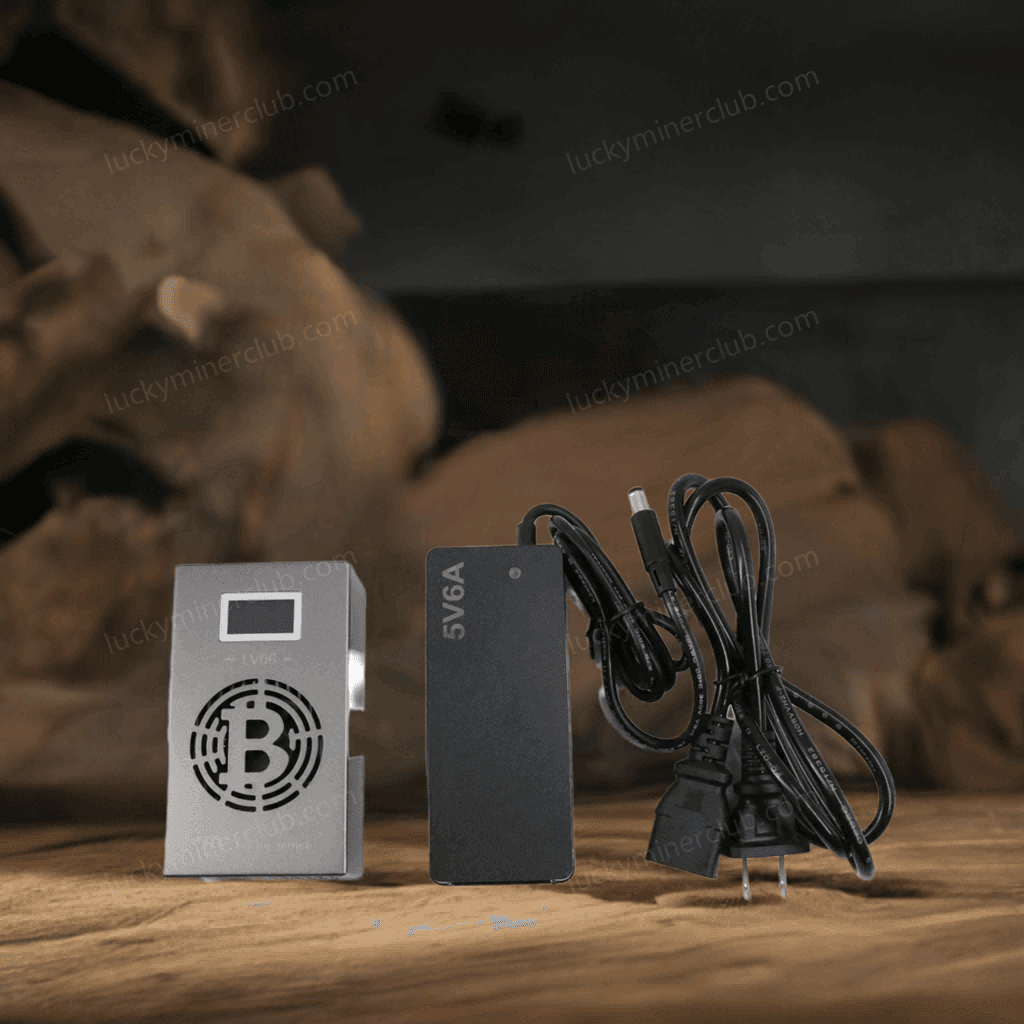

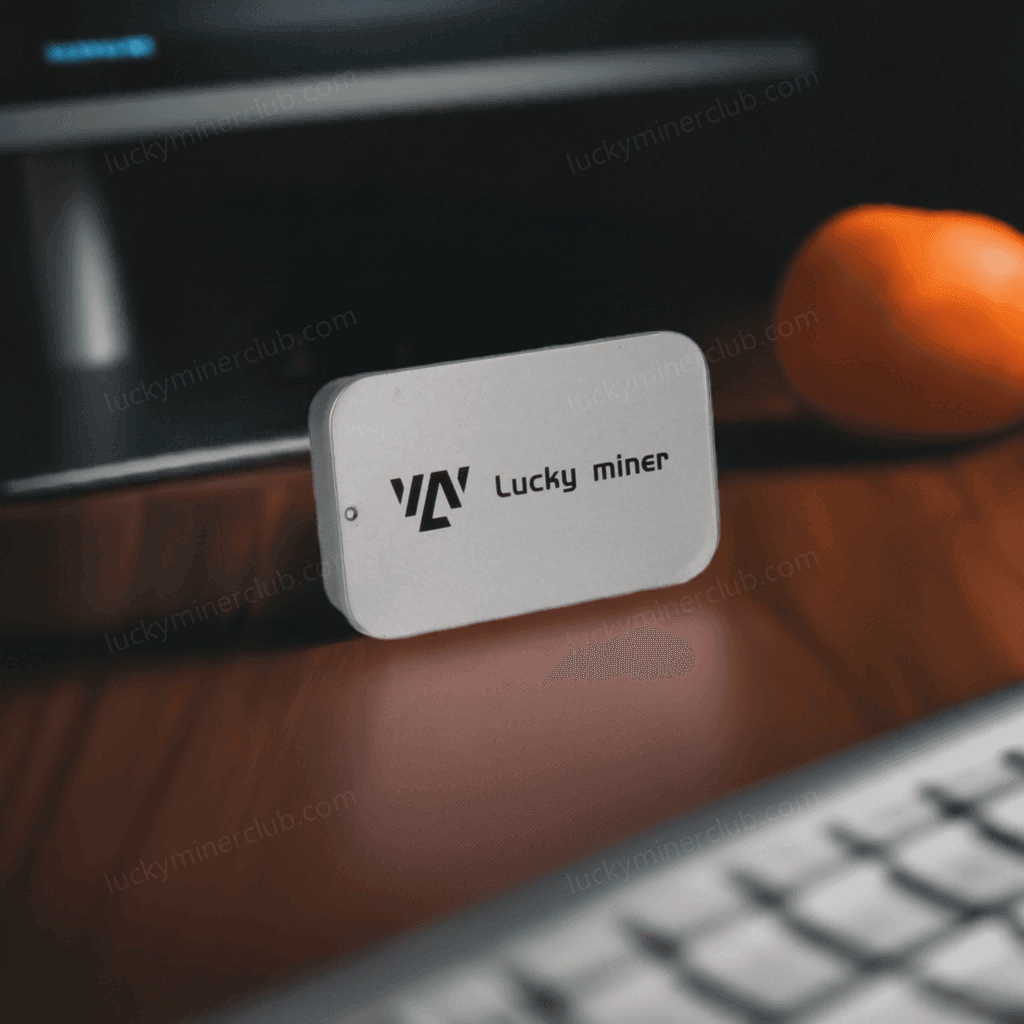
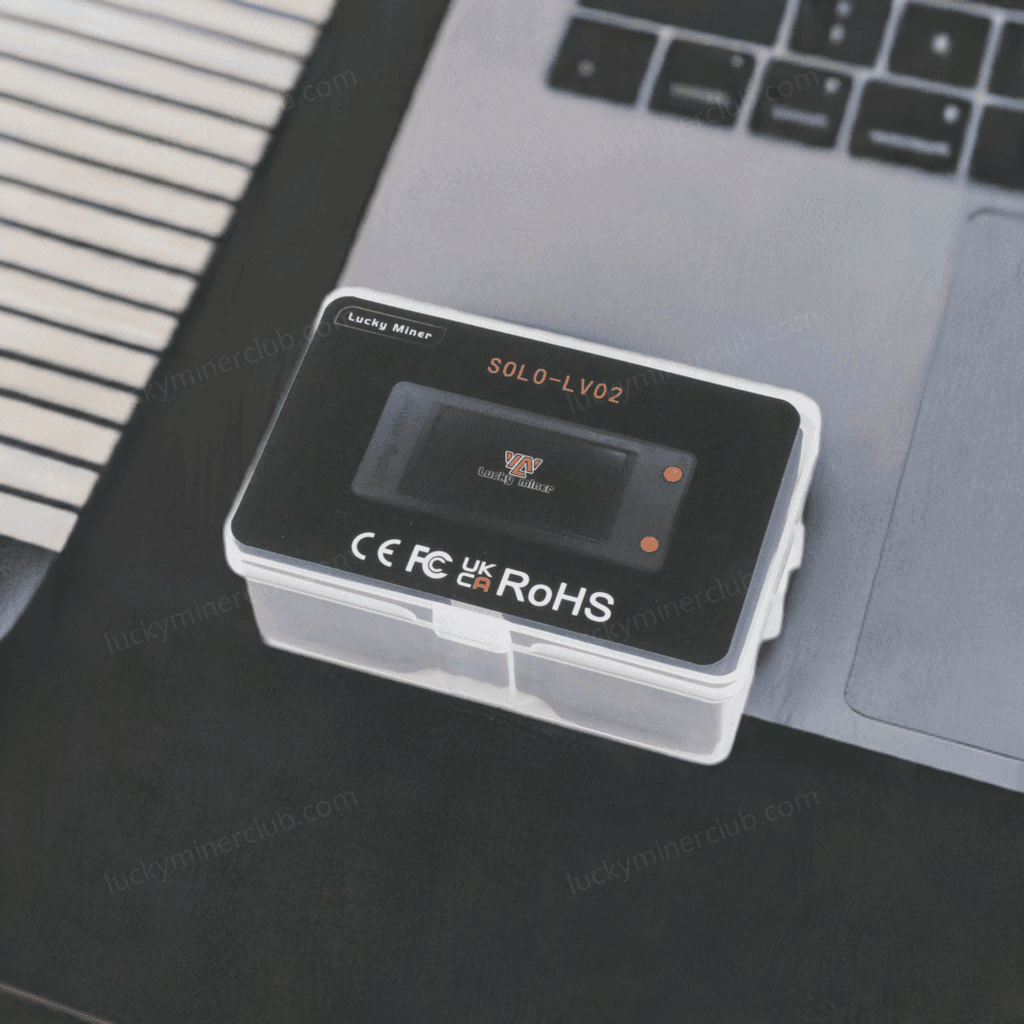
Leave a comment